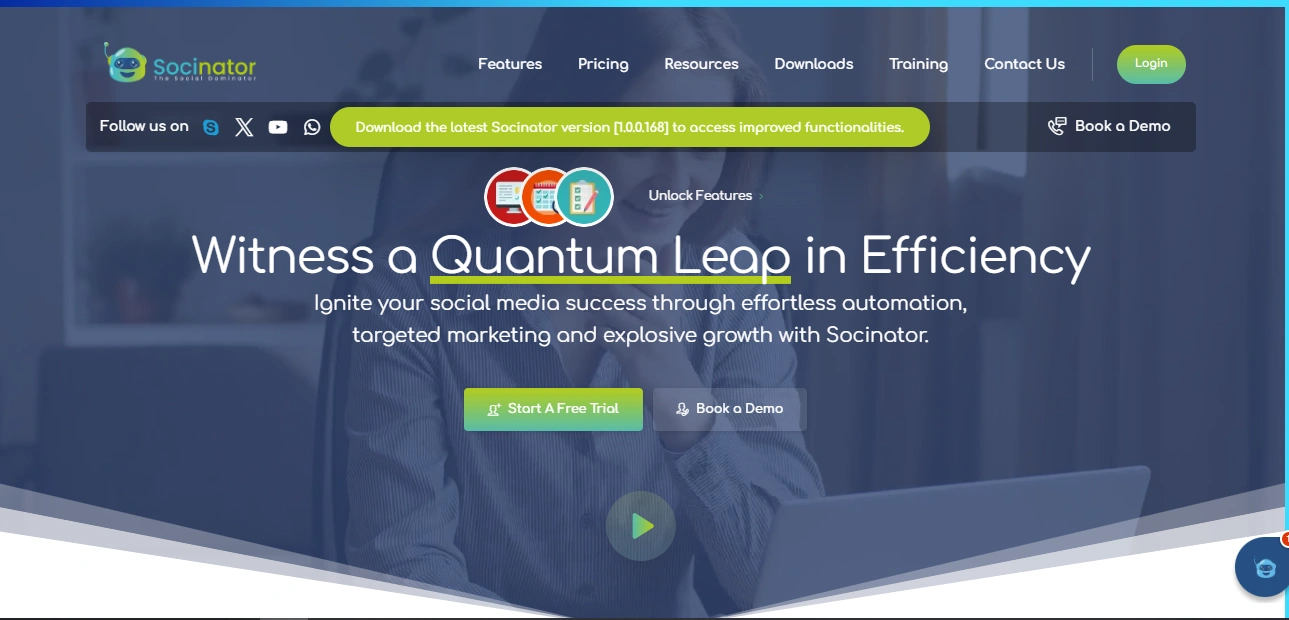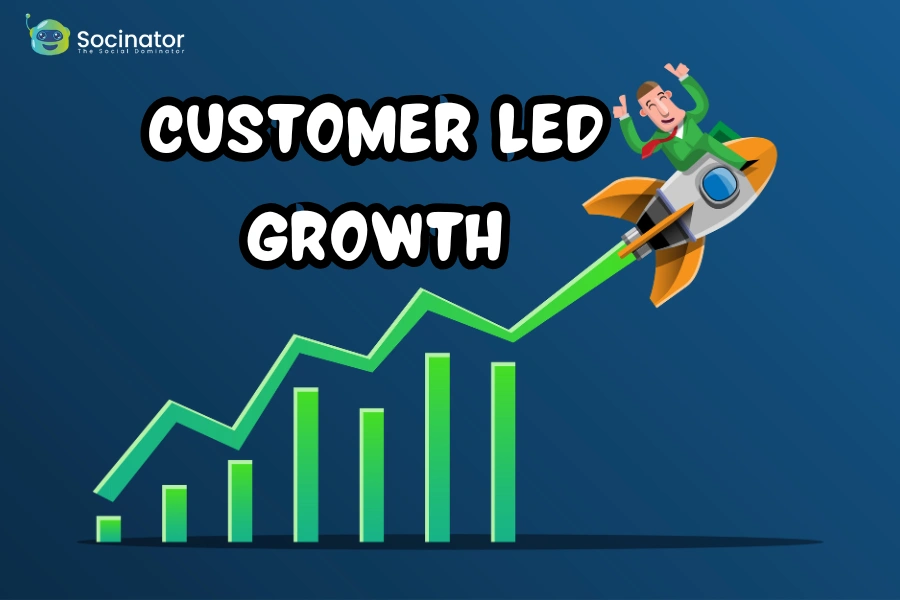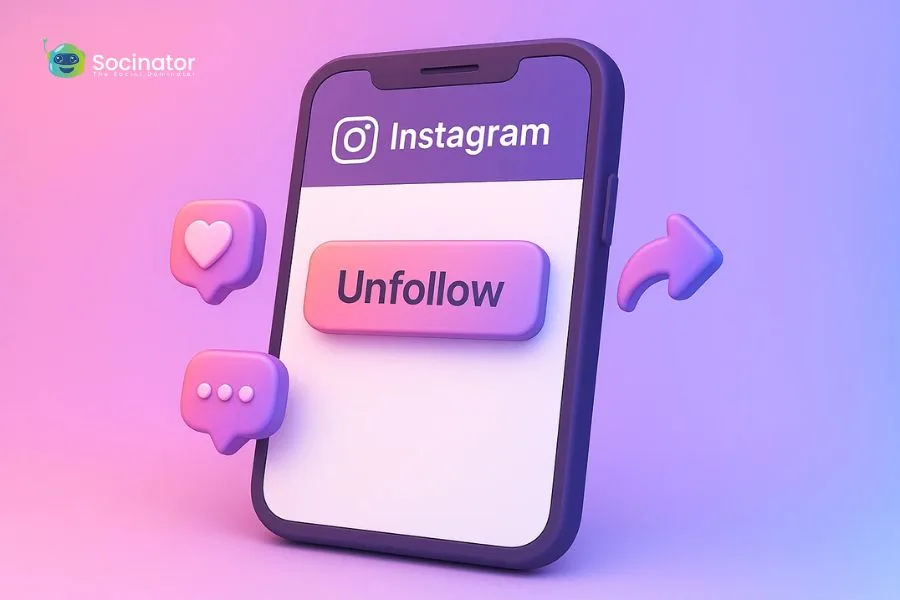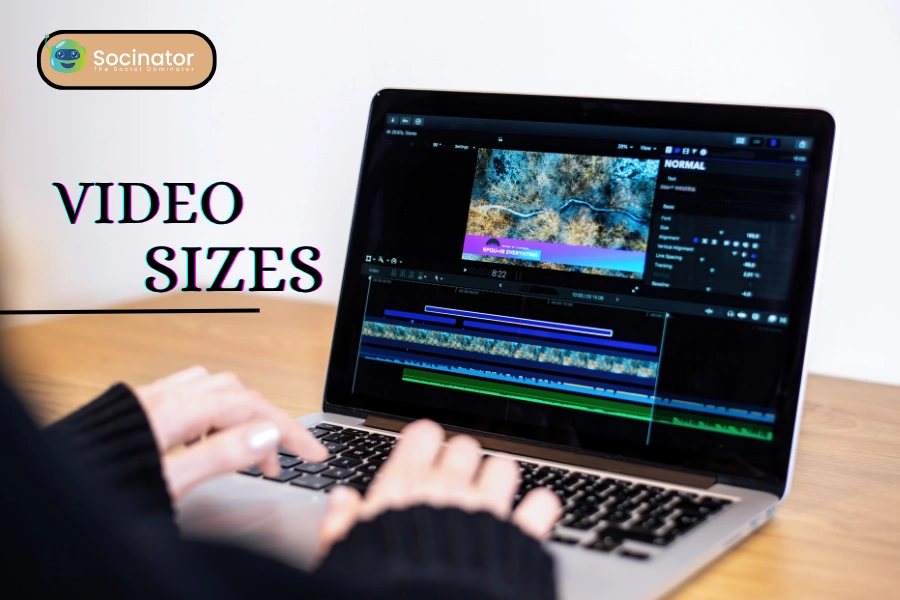In a world where traditional advertising methods are losing their grip, businesses increasingly turn to micro-influencers to boost brand awareness and drive sales. But what does it take to succeed in micro-influencer marketing?
It is not just about picking the right influencers; it is also about forming authentic partnerships that resonate with your audience. If you are ready to discover the power of micro-influencers, keep reading. We will walk you through actionable steps to take your micro-influencer marketing strategy to the next level.
Here, we will guide you through the steps to take your micro-influencer marketing to the next level.
In a hurry? Listen to the blog instead!
What Is Micro Influencer Marketing?
 Before diving into the steps, let’s clarify micro influencer marketing. It involves partnering with influencers with a highly engaged following, typically between 1,000 and 100,000 followers. Unlike macro influencers, whose audience might be broad but not as engaged, micro influencers offer a more niche and engaged following. They tend to have stronger connections with their audience, making their recommendations feel more authentic.
Before diving into the steps, let’s clarify micro influencer marketing. It involves partnering with influencers with a highly engaged following, typically between 1,000 and 100,000 followers. Unlike macro influencers, whose audience might be broad but not as engaged, micro influencers offer a more niche and engaged following. They tend to have stronger connections with their audience, making their recommendations feel more authentic.
The growing trend of micro influencer marketing is reshaping the landscape of brand promotions. Businesses are seeing better engagement and higher ROI compared to traditional methods. But it’s not just about the numbers it is about the quality of the connection with their followers.
Why Choose Micro Influencer Marketing?
 Micro influencer marketing is incredibly effective because it taps into niche communities. Here’s why it works:
Micro influencer marketing is incredibly effective because it taps into niche communities. Here’s why it works:
- Authenticity: Micro influencers are more relatable than celebrities or macro influencers. Their followers trust their opinions, which makes their endorsement feel genuine.
- Cost-Effective: Working with micro influencers is generally more affordable than collaborating with influencers, making it ideal for businesses with smaller marketing budgets.
- Engagement: Micro influencers often boast higher engagement rates, meaning your brand message is seen and interacted with.
Also Read!
5 Proven Steps To Leverage An Influencer For Brands for Success
08 Foolproof Strategies To Use Social Media For Small Business
Here’s How You Can Succeed In Micro Influencer Marketing.
 Micro influencer marketing can be a game-changer for businesses looking to build authentic connections with their audience. By following these steps, you can create a strategic plan that identifies the right influencers and maximizes their engagement potential to drive results for your brand.
Micro influencer marketing can be a game-changer for businesses looking to build authentic connections with their audience. By following these steps, you can create a strategic plan that identifies the right influencers and maximizes their engagement potential to drive results for your brand.
Step 1: Define Your Micro Influencer Marketing Goals
The first step to succeeding in micro influencer marketing is setting clear, measurable goals. Do you want to drive traffic to your website? Increase sales? Boost brand awareness? Once you know your objectives, you can measure success and track the ROI of your efforts. Here are a few goals you could set:
- Brand Awareness: If your goal is to increase brand or product awareness, focus on influencers who align with your niche and have a community that would benefit from your offerings.
- Sales or Conversions: If your goal is to increase sales, choose micro influencers who are likely to make decisions.
- Engagement: the goal is to create buzz and engage with a new audience. Partnering with micro influencers, in this case, will help spark conversations.
Step 2: Find Microinfluencers That Align with Your Brand
The next step is identifying the right micro-influencers for your brand. You want individuals who align with your values and appeal to your target audience. Here’s how you can go about it:
- Use a Micro Influencer Marketing Platform: Platforms like Socinator help you find micro influencers by narrowing search criteria such as niche, location, and audience size. These platforms are with influencers who fit your campaign goals. Whether you are looking for beauty influencers, fitness experts, or tech gurus, a micro influencer marketing platform can streamline your search.
- Social Media Search: Instagram and YouTube are great platforms for discovering micro influencers. Use hashtags related to your industry to find influencers with high engagement.
- Look for Engagement, Not Just Followers: A large following doesn’t mean much engagement. Look for influencers with their followers through comments, likes, and shares.
Step 3: Research and Analyze Potential Micro Influencers
Once you have a list of potential micro-influencers, take the time to research their profiles. Ensure they have an authentic following and align with your brand values. It will allow you to track engagement and assess whether an influencer’s audience is genuinely interested in their content. This analysis can prevent you from wasting resources on influencers with a fake or inactive following.
Social media management software like Socinator also allows you to monitor influencers’ previous campaigns and engagements, making social media for small businesses more effective. Evaluating metrics such as follower growth, average likes, comments, and shares helps influencer collaborations for better results.
Step 4: Craft a Personalized Outreach Strategy
Now that you have identified the right influencers, it is time to leverage influencers by reaching out. Personalize your outreach emails or direct messages to make a lasting impression. Here is what to include:
- Compliment Their Content: Show that you genuinely admire their work. It will make the influencer feel valued and establish a connection.
- Explain Why You Chose Them: Highlight how their values and audience align with your brand. Share your vision and explain how their influence can help bring that vision to life.
- Offer Value: Don’t just ask for a favour. Explain how working with you can benefit them, whether it’s through compensation, exposure, or unique product offers.
Step 5: Create a Collaborative and Creative Campaign
Collaboration is key. Micro influencers work best when they are creative with your product or brand. Share your goals, but allow the influencer to incorporate their style and voice into the campaign. After all, their followers follow them because of who they are, not because they’re trying to be a spokesperson for your brand.
By giving influencers creative freedom, they can craft content that feels authentic, which in turn resonates with their followers. Whether it’s an Instagram post or YouTube review, It encourages influencers to showcase your product in a way that feels natural.
Step 6: Set Clear Expectations and KPIs
Once you have selected the campaign, set clear expectations with the influencers. Make sure they understand deadlines, deliverables, and your preferred messaging. In addition, key performance indicators (KPIs) to measure the success of your campaign, such as:
- Engagement rate (likes, comments, shares)
- Website traffic from influencer links
- Sales or conversions that result from influencer codes or affiliate links
- Brand awareness metrics like social mentions and hashtag tracking
By defining KPIs early on, you and the influencer will be on the same page, making it easier to evaluate campaign success.
Step 7: Build Long-Term Relationships with Influencers
The key to long-term success in micro influencer marketing is building lasting relationships. Don’t just treat your influencers as one-off collaborators; nurture these partnerships over time. Stay in touch, offer them exclusive deals, and continue to support their content. It will help you develop a network of influencers in your brand’s success.
Automation helps scale your efforts, making multiple influencers and campaigns. Content posting and influencer, that nothing slips through the cracks while maintaining an effective and efficient workflow.
Step 8: Monitor, Evaluate, and Optimize Campaign Performance
Monitoring the performance of your micro influencer marketing campaign is important. Use social media management software to track metrics and ensure your goals are. This data will help you refine future campaigns and make better-informed decisions about which influencers to work with. Pay attention to:
- Audience response: Are they engaging with the content?
- Conversions: Are they purchasing your product or service?
- ROI: Are you getting the return you hoped for?
By evaluating the success of each campaign, you can continuously improve your strategy and refine your approach to working with influencers.
Step 9: Use Social Media Automation Tools for Efficiency
To monitor your influencer marketing campaign, you can utilize social media automation. It can help you to check whether your ads are running smoothly or not. With tools like Socinator, you can schedule posts, track performance, and automate repetitive tasks, freeing up your time to focus on more strategic elements. Socinator is a perfect solution for managing your influencer campaigns across multiple platforms.
Introducing Socinator – Your Go-To Social Media Automation Tool
 Socinator is a social media automation tool designed to help you manage, schedule, and optimize your social media activities across various platforms. To simplify handling multiple social accounts by automating repetitive tasks, such as posting content, engaging with your audience, and tracking social media performance.
Socinator is a social media automation tool designed to help you manage, schedule, and optimize your social media activities across various platforms. To simplify handling multiple social accounts by automating repetitive tasks, such as posting content, engaging with your audience, and tracking social media performance.
How Socinator Simplifies Micro Influencer Marketing
Socinator offers valuable automation and analytics capabilities that support your micro influencer marketing strategy, working as a powerful micro influencer platform. Here’s how:
Streamlined Social Media Management: You usually must manage multiple social media accounts and content streams. Socinator lets you schedule posts, monitor interactions, and maintain consistency across your channels. It ensures that your campaign’s content, whether generated by influencers or your brand, is published to reach the right audience.
Automation of Routine Tasks: Automating tasks like posting, liking, and commenting, Socinator frees up time and can invest in other critical aspects of your micro-influencer marketing strategy.
Performance Analytics: Socinator provides valuable insights and analytics on social media performance that can boost your micro-influencer marketing efforts. While these insights aren’t tailored exclusively for influencer metrics, they help you understand how your content performs across your channels. This information can guide you in adjusting your strategy, refining your content, and measuring the overall impact of your influencer collaborations.
Complementary to Influencer Efforts: Even though Socinator does not directly find microinfluencers, its ability to manage your social media presence means you can better amplify the content created through your influencer partnerships in your micro influencer marketing campaigns. After an influencer posts about your brand, you can use Socinator to boost that content—reposting, scheduling follow-up posts, or engaging with the audience to keep the conversation going.
Conclusion
In conclusion, micro influencer marketing offers a vibrant and effective way to build authentic connections with your audience while driving meaningful results for your brand. Following the steps outlined above—from defining clear goals to finding microinfluencers that resonate with your brand. You are well-equipped to launch successful campaigns. Robust micro influencer marketing platforms like Socinator, which doubles as a micro influencer platform and a social media automation tool, can simplify your process and help you manage your content seamlessly.
Social media management software ensures that you stay on top of your campaigns while you continue to find micro influencers and build lasting partnerships. With these strategies in place, you can confidently navigate the world of micro influencer marketing, knowing that every step you take toward authentic engagement, measurable growth, and sustained success. Embrace these tools and techniques, and watch your brand thrive in today’s competitive digital landscape.
FAQs
What is the typical budget for a micro influencer marketing campaign?
The cost of working with micro influencers varies depending on their audience size, engagement rate, and niche. Generally, micro influencers charge less than macro influencers, making it more affordable for small businesses. The budget can also depend on whether you compensate through affiliate programs.
How do I identify the right micro influencer marketing platform for my brand?
To choose the right platform, consider your business goals, the type of influencers you need, and the tools. Look for platforms that help you find influencers based on niche, engagement, and audience demographics. Also, ensure the platform offers analytics and management features to track your campaign’s performance.
Can micro influencers help with international marketing?
Yes! Many micro influencers have global followings, and by selecting the right ones, you can extend your brand reach to international markets. Focus on influencers and a relevant audience in the target countries you want to expand to.
How often should I collaborate with micro influencers for maximum impact?
The frequency of collaborations depends on your brand goals and the influencer content schedule. It is important not to overwhelm your audience with too many promotions. A strategic approach would involve working with influencers regularly but spacing out campaigns to maintain authenticity and avoid overexposure.
What content should I ask micro influencers to create for my campaign?
The content should feel authentic to the influencer’s style and resonate with their audience. You can suggest formats like product reviews, unboxing videos, tutorials, or lifestyle posts. Let influencers incorporate their creativity to make the content more natural and engaging for their followers.
How do I measure the ROI of a micro influencer marketing campaign?
To measure ROI, track key metrics like engagement rates (likes, comments, shares), website traffic from influencer links, and sales generated through affiliate codes or discount links. You can also monitor brand awareness by tracking mentions and hashtags. These metrics help you determine if your campaign is meeting your goals.






